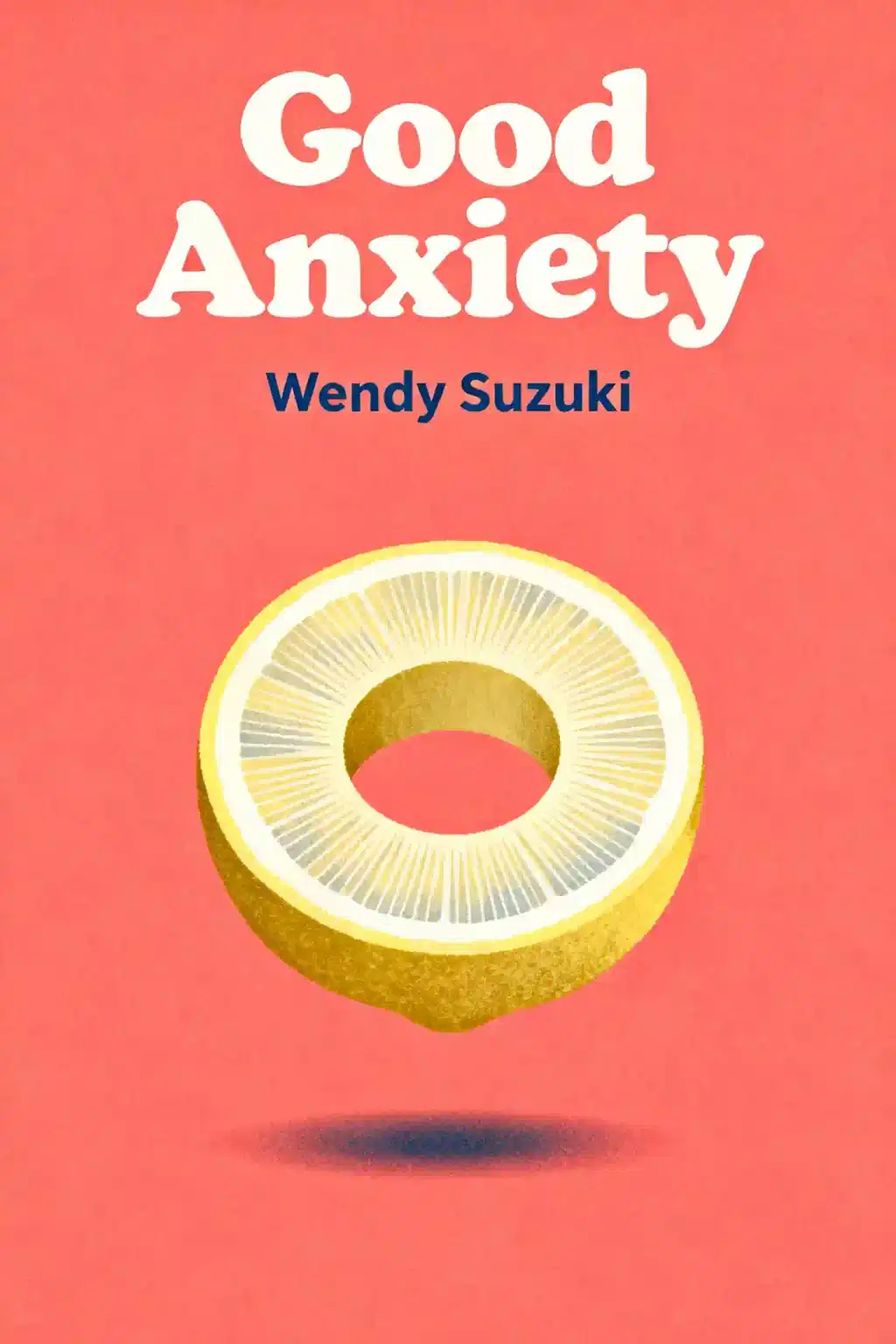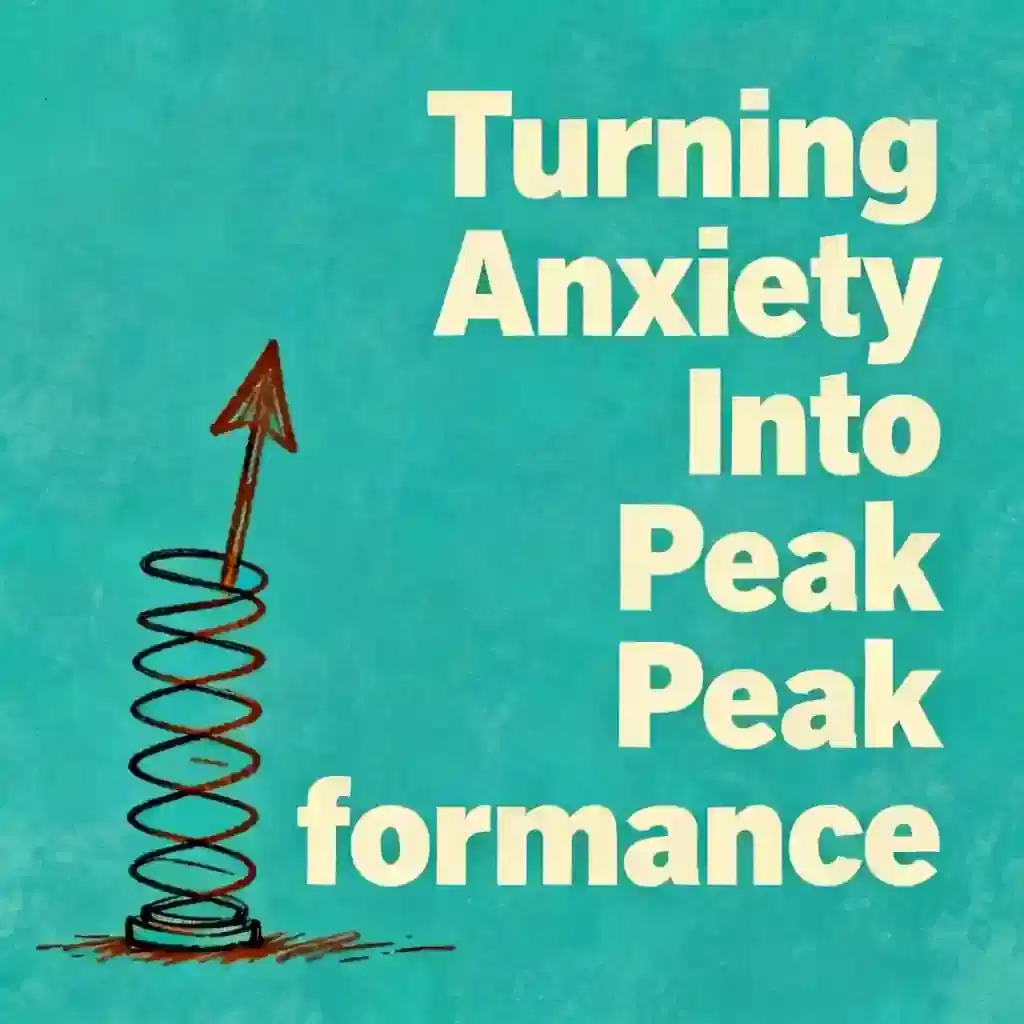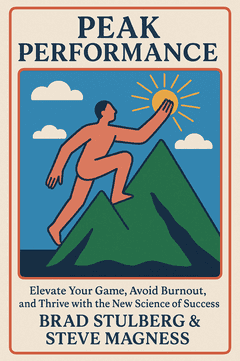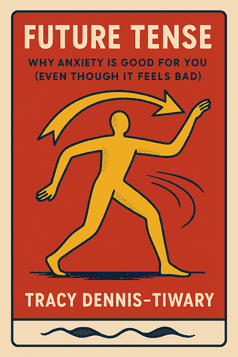What is
Good Anxiety by Wendy Suzuki about?
Good Anxiety by neuroscientist Wendy Suzuki reframes anxiety as a natural, evolutionarily hardwired emotion that can be harnessed as a tool for personal growth. Drawing on decades of neuroscience research, Suzuki explains how anxiety triggers physiological responses (like cortisol release) and offers strategies to redirect these reactions into resilience, curiosity, and actionable change. The book emphasizes neuroplasticity, showing readers how to rewire their brains to transform fear into productive energy.
Who should read
Good Anxiety?
This book is ideal for individuals experiencing everyday stress or worry, self-help enthusiasts, and anyone interested in neuroscience-based strategies for emotional management. It’s particularly relevant for those seeking actionable tools to reframe anxiety into motivation, rather than clinical advice for severe disorders. Professionals in high-stress fields may also benefit from its stress-inoculation techniques.
Is
Good Anxiety worth reading?
Yes, for its science-backed approach to anxiety management. Critics praise Suzuki’s blend of neuroscience and practical exercises, though some note repetitive examples. The book’s strength lies in its actionable frameworks, like using “activist mindsets” to channel worry into problem-solving. If you want to understand anxiety’s biological roots while gaining tools like breathwork and cognitive reframing, it’s a valuable read.
How does Wendy Suzuki define “good anxiety”?
Suzuki distinguishes “good anxiety” as everyday worry that, when approached with curiosity, signals unmet needs or opportunities for growth. Unlike debilitating clinical anxiety, it’s a survival mechanism evolutionarily designed to sharpen focus—think of it as a “dashboard warning light” prompting proactive change. By reframing anxiety as data, not danger, we can leverage it to improve decision-making.
What strategies does
Good Anxiety recommend for managing worry?
Key strategies include:
- Stress inoculation: Gradually exposing yourself to manageable stressors to build resilience.
- Cognitive reframing: Asking, “What is this anxiety trying to tell me?” to shift from fear to curiosity.
- Movement breaks: Physical activity to reduce cortisol and boost mood.
- Digital detoxes: Limiting screen time to decrease overstimulation.
Does
Good Anxiety discuss the physical effects of anxiety?
Yes. Suzuki explains how anxiety activates the amygdala, releasing cortisol and adrenaline to prime the body for “fight or flight”. Chronic anxiety can harm health, but the book focuses on mitigating these effects through techniques like breathwork and mindfulness to calm the nervous system.
How does neuroplasticity play a role in
Good Anxiety?
Suzuki highlights neuroplasticity—the brain’s ability to rewire itself—as the foundation for transforming anxiety. By practicing strategies like gratitude journaling or mindful breathing, users strengthen neural pathways associated with calm, effectively “upgrading” their anxiety response over time.
What are common critiques of
Good Anxiety?
Some readers find the advice too basic for those with clinical anxiety, while others note repetition in examples. However, most agree its strength lies in making neuroscience accessible, with The Wall Street Journal praising its “practical, science-backed” approach.
What are key quotes from
Good Anxiety?
Notable insights include:
- “Anxiety is designed to draw our attention to negative emotions, but its real power lies in guiding us toward joy”.
- “Worry becomes problematic only when we ignore its message”.
- “Movement is a fast-acting antidepressant and anxiety reliever”.
How does
Good Anxiety incorporate mindfulness?
Suzuki advocates mindfulness practices like box breathing (inhale 4s, hold 4s, exhale 4s) to activate the parasympathetic nervous system. She also recommends “worry audits”—journaling anxieties to identify patterns and actionable steps—to reduce rumination.
Why is
Good Anxiety relevant in 2025?
With rising stress from global uncertainty, tech overload, and workplace demands, Suzuki’s tools for converting anxiety into agency remain timely. The book’s emphasis on adaptive resilience (vs. toxic positivity) aligns with modern mental health trends.
How does
Good Anxiety compare to other anxiety-management books?
Unlike clinical guides (e.g., The Anxiety and Phobia Workbook), Suzuki targets everyday worry using neuroscience, offering a unique blend of biology and self-help. It complements mindfulness-based books like The Power of Now by adding a brain-science lens.


















